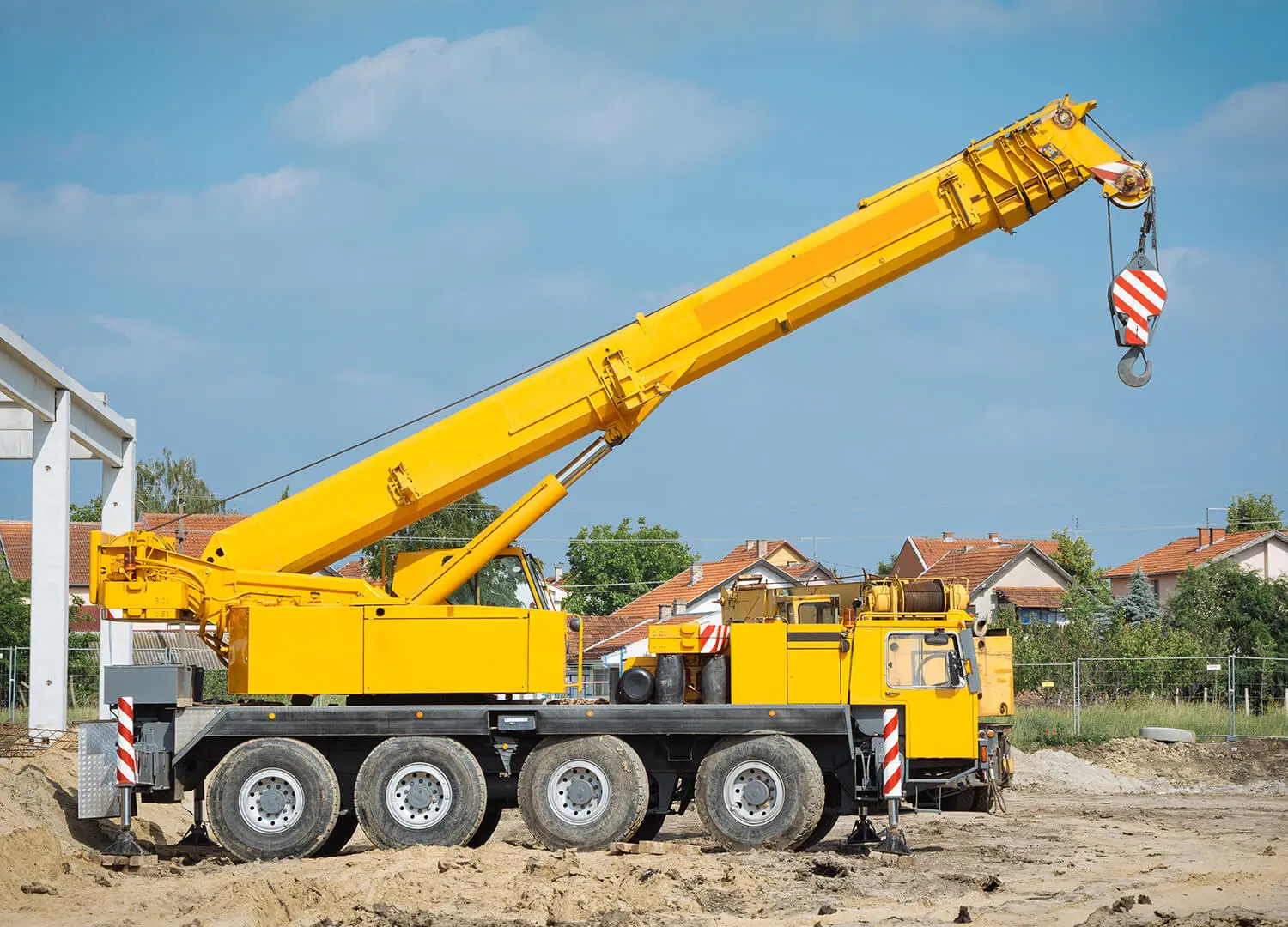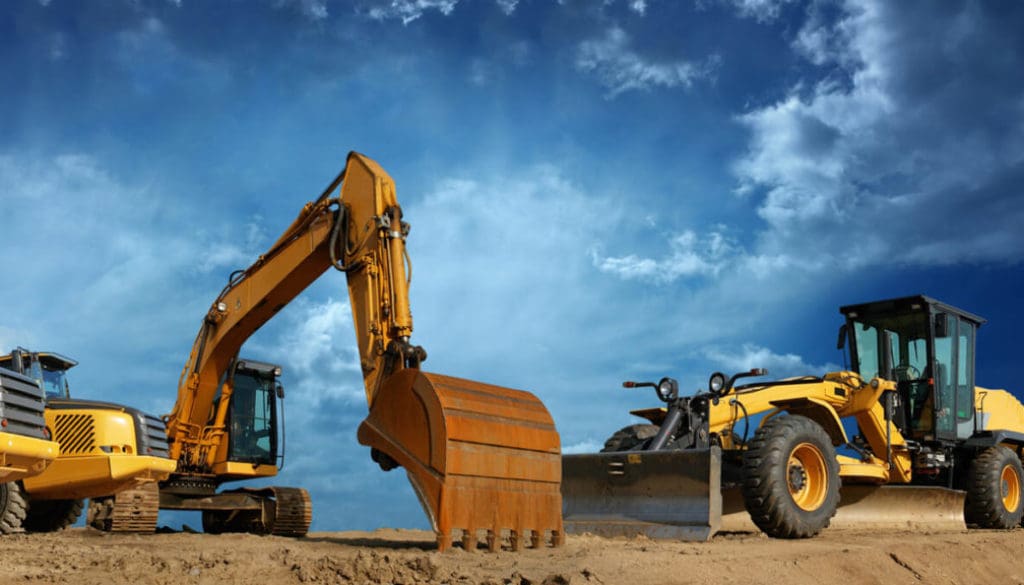Renting Vs. Buying Building And Construction Tools: Making the Right Choice for Your Job
When getting started on a building and construction job, one of the crucial choices that project supervisors and stakeholders deal with is whether to rent out or get building equipment. The choice pivots on numerous elements such as price considerations, job duration, equipment maintenance, scalability, flexibility, and threat administration.
Cost Factors To Consider
When reviewing the economic facet of purchasing versus renting out construction equipment, the long-term expenditures and in advance prices have to be meticulously considered. Renting out equipment commonly requires reduced first settlements compared to acquiring, making it an attractive alternative for short-term tasks or professionals with budget plan constraints. Leasing gets rid of the requirement for big resources expenses and minimizes the financial threat connected with devices possession, such as upkeep and devaluation costs. However, in the long run, continually leasing devices can accumulate greater prices than purchasing, specifically for extended projects.
On the other hand, purchasing building and construction equipment involves higher ahead of time costs yet can result in lasting savings, especially for long-lasting projects or constant customers. Inevitably, the decision between purchasing and leasing building tools pivots on the project's period, regularity of use, spending plan considerations, and long-lasting financial objectives.
Job Period

On the other hand, for long-term jobs or continuous building and construction job, purchasing devices can be the a lot more cost-effective option. Purchasing tools can lead to cost savings in the lengthy run, especially if the equipment will certainly be often utilized. Furthermore, owning equipment offers a feeling of control over its accessibility and permits personalization to fit particular job needs.

Tools Upkeep
Provided the crucial role task duration plays in establishing the most cost-efficient method between buying and renting construction devices, the focus now shifts in the direction of checking out the necessary element of equipment maintenance. On the various other hand, having equipment needs an aggressive method to upkeep to prevent malfunctions, make certain safety, and extend the devices's life-span. Eventually, a well-kept building and construction tools fleet, whether rented or owned, is important for the efficient and successful completion of building and construction tasks.
Versatility and Scalability
In the world of construction devices management, the element of flexibility and scalability holds significant importance for project efficiency and resource usage. Choosing to rent construction devices provides a high level of versatility as it enables for the quick change of equipment types and quantities based on the advancing needs of a job. Leasing enables service providers Go Here to access a large range of customized equipment that might be needed for details tasks without the long-lasting dedication of possession. This flexibility is specifically beneficial for tasks with varying demands or unsure durations (equipment rental company).
Moreover, scalability, another essential element, is naturally connected to adaptability. Leasing building and construction tools provides the advantage of quickly scaling procedures up or down as project needs fluctuate. Contractors can quickly exchange or add equipment to match the job's transforming demands without the restraints of having possessions that may end up being underutilized or out-of-date. This ability to range resources efficiently can lead to price financial savings and improved job timelines, making leasing a beneficial alternative for jobs needing versatility and responsive resource allocation.
Danger Monitoring
Effective risk administration in building and construction tools operations is critical to ensuring job success and mitigating potential financial losses. Building and construction tasks inherently include various threats, such as equipment find here breakdowns, mishaps, and project delays, which can substantially influence the job timeline and budget. By carefully considering the threats connected with owning or renting out building and construction devices, project managers can make enlightened choices to minimize these potential hazards.
Renting out construction equipment can supply a degree of danger mitigation by transferring the duty of maintenance and repairs to the rental firm. This can reduce the monetary burden on the task proprietor in instance of unforeseen devices failings (dozer rental). Furthermore, renting gives the adaptability to access specialized tools for particular task stages, lowering the danger of owning underutilized machinery
On the various other hand, possessing construction equipment offers a feeling of control over its usage and maintenance. However, this likewise means birthing the full duty for repair services, maintenance expenses, rexco equipment and devaluation, boosting the financial risks connected with tools ownership. Careful threat evaluation and factor to consider of aspects such as job period, equipment use, and maintenance needs are important in identifying one of the most ideal option for effective danger administration in building and construction tasks.
Conclusion
To conclude, when making a decision in between buying and leasing construction equipment, it is very important to think about expense, task period, equipment maintenance, danger, flexibility, and scalability monitoring. Each factor plays a critical role in determining the most appropriate choice for the job available. By thoroughly evaluating these facets, project supervisors can make an enlightened decision that lines up with their budget, timeline, and overall project objectives.
